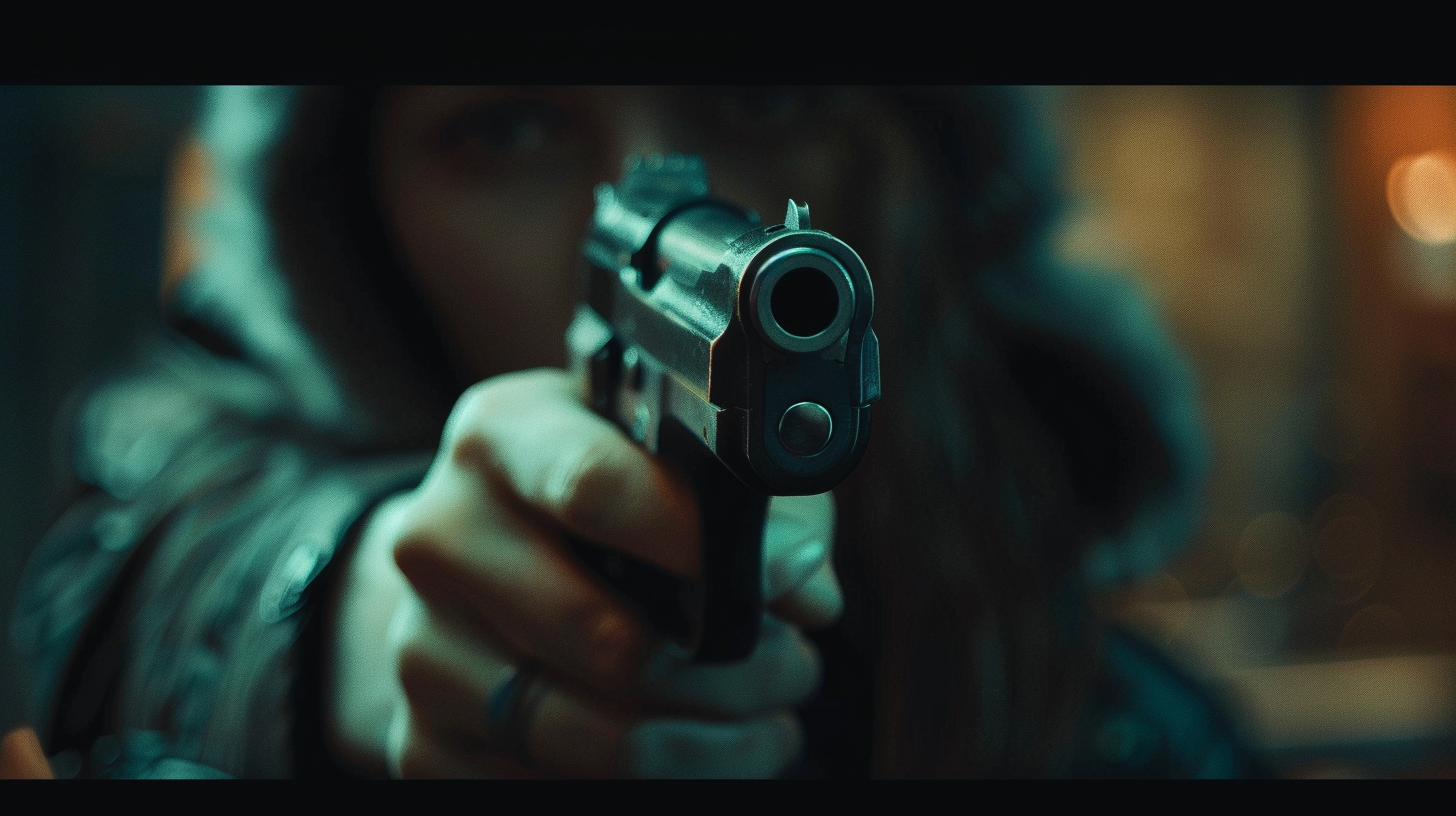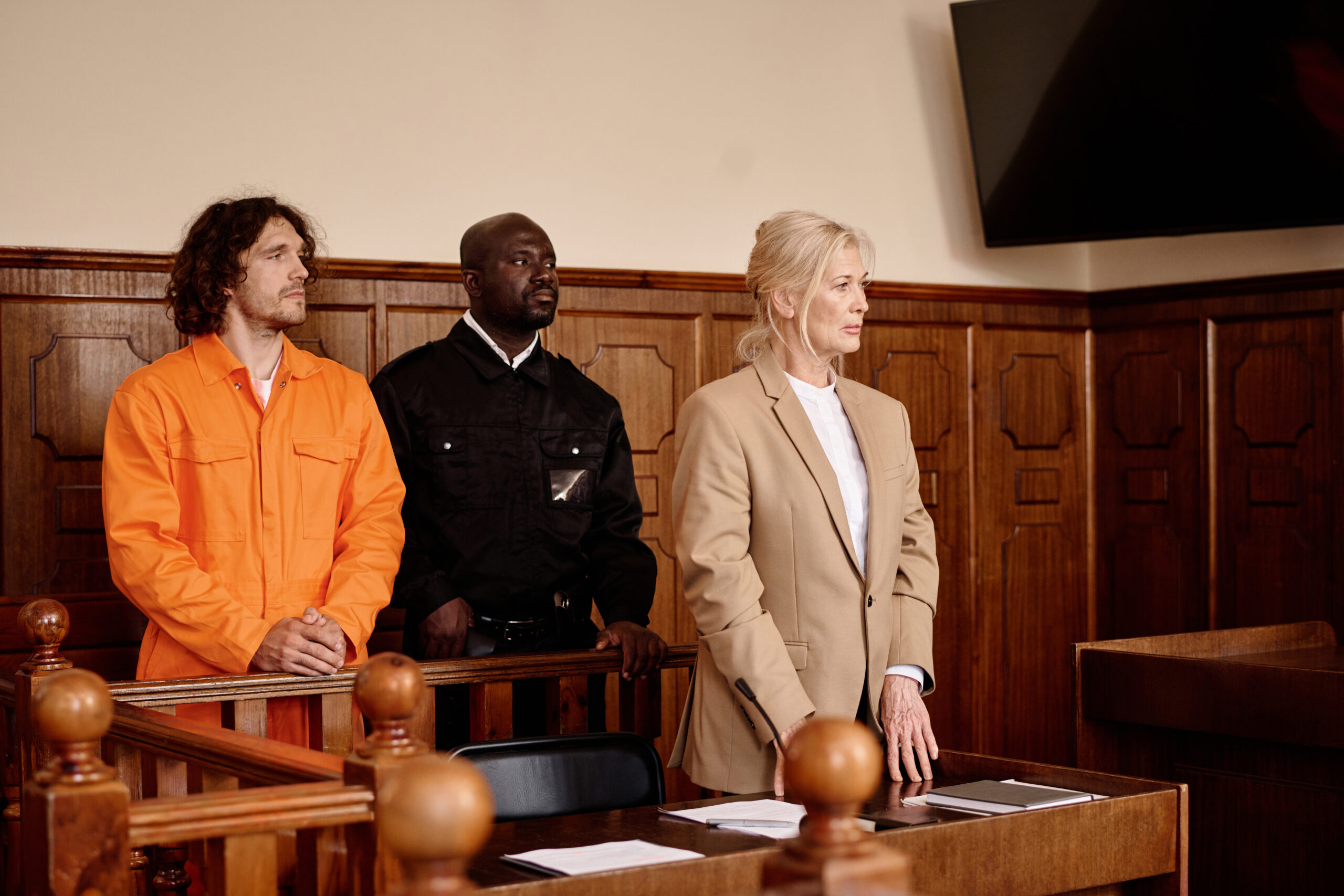Navigating California Gun Laws: What Every Gun Owner Needs to Know
California’s gun laws are some of the most comprehensive and complex in the United States. For both long-time residents and newcomers, understanding the regulations is crucial for responsible gun ownership. The state’s legal framework is designed to balance the rights of firearm owners with a strong emphasis on public safety. This has resulted in a unique set of rules that differ significantly from those in other states.
From the moment you consider purchasing a firearm to the process of carrying one, every step is governed by specific statutes and regulations. Failure to comply can lead to severe legal consequences, including felony charges. This guide will demystify the key aspects of California gun law, providing a clear overview of the requirements and prohibitions every gun owner should know. It’s a journey into a legal landscape that is constantly evolving, making staying informed a full-time job.
Why is the Firearm Safety Certificate (FSC) So Important?
The Firearm Safety Certificate (FSC) is the cornerstone of firearm acquisition in California. It isn’t just a piece of paper; it’s a legal requirement that shows you have a fundamental understanding of firearm safety and the state’s gun laws. Think of it as your passport to purchasing a firearm in California. Without it, a licensed dealer cannot complete a sale to you.
To get your FSC, you must pass a written test administered by a Department of Justice (DOJ) Certified Instructor, who you can often find at local firearm dealers. The test covers a range of topics, including safe handling, storage, and the legal responsibilities of a gun owner. The certificate is valid for five years, so you don’t need to retake the test for every new purchase within that timeframe. Certain individuals, like active duty law enforcement, are exempt from this requirement, but for most civilians, the FSC is a mandatory first step.

What are the Rules for Buying a Firearm in California?
Purchasing a firearm in California is a multi-step process that is strictly regulated. It’s not as simple as walking into a store and leaving with a gun. All retail sales must be conducted through a Licensed Firearm Dealer. This includes Private Party Transfers (PPTs), where a private individual sells a gun to another private individual. Both the buyer and seller must go to a licensed dealer to complete the transaction.
The process begins with the buyer presenting their valid Firearm Safety Certificate (FSC) and a valid ID to the dealer. For handguns, you must also provide proof of residency, like a utility bill or lease agreement. The dealer then submits a Dealers’ Record of Sale (DROS) to the California Department of Justice (DOJ). This initiates the mandatory 10-day waiting period and a comprehensive background check. You must be at least 21 years old to purchase any firearm in California, with limited exceptions.
How Does the Handgun Roster Affect My Choices?
The Roster of Handguns Certified for Sale is one of the most unique and restrictive aspects of California’s gun laws. Maintained by the DOJ, this list dictates which handgun models can be sold as new by licensed dealers. If a handgun isn’t on the roster, a dealer cannot sell it to you. This is why you may see many popular handgun models available in other states that are not sold in California.
To get a handgun model on the roster, manufacturers must submit it for a battery of safety tests, including drop, firing, and safety mechanism checks. In the past, this also included a requirement for microstamping technology, which has significantly limited the number of new models added. However, there are still ways to legally acquire “off-roster” handguns. These include Private Party Transfers (PPTs) from an existing California resident, or through an intra-familial transfer (a gift from a parent, grandparent, or child).
What is the California Assault Weapons Ban?
California has a long-standing ban on certain types of firearms, which are legally defined as “assault weapons.” This is one of the most frequently misunderstood and complex areas of the law. The ban identifies specific models by name, but also broadly defines “assault weapons” by their characteristics.
For example, a semiautomatic centerfire rifle with a detachable magazine and any one of the following features is generally considered a banned assault weapon: a pistol grip, a thumbhole stock, a folding or telescoping stock, a flash suppressor, or a grenade launcher. These are just a few examples of the many features that can classify a firearm as a banned weapon. The law also places strict limitations on magazine capacity, prohibiting the sale and possession of magazines that hold more than 10 rounds. These regulations are critical for gun owners to understand to avoid serious legal violations.
Can I Carry a Concealed Handgun in California?
California is a “may-issue” state for concealed carry licenses, which means local law enforcement agencies, typically the county sheriff or city police chief, have the discretion to issue a Concealed Carry Weapon (CCW) License. Unlike “shall-issue” states, which must issue a license if an applicant meets the legal criteria, in California, you must show “good cause” to be granted a license. While recent court rulings have impacted the “good cause” requirement, the issuing authority still has considerable discretion.
To obtain a CCW license, you must meet several requirements:
- Be a resident of the county or city where you are applying.
- Be at least 21 years old.
- Be the owner of the handgun(s) you wish to carry.
- Complete a firearms safety course.
- Not be a prohibited person under state or federal law.
CCW licenses in California are valid only within the state and are not recognized in most other states. The issuing authority can also place specific restrictions on your license, such as limiting the locations where you can carry.

What are Gun Violence Restraining Orders (GVROs)?
California’s “red flag” law allows for the issuance of Gun Violence Restraining Orders (GVROs). This is a civil court order that temporarily prohibits a person from possessing or purchasing firearms and ammunition. A GVRO can be sought by a family member, a co-worker, an employer, a school employee, or a law enforcement officer if they have a reasonable belief that the individual poses a significant danger to themselves or others.
A GVRO can be issued on an emergency basis, and a full hearing is scheduled later to determine if a longer-term order is necessary. This law provides a legal pathway to temporarily disarm individuals who are exhibiting dangerous behavior, such as making specific threats of violence. If a GVRO is issued, all firearms and ammunition must be surrendered to law enforcement for the duration of the order. It’s a civil proceeding and does not result in a criminal record, but it is a serious legal action with significant consequences for the gun owner.
Conclusion
California’s gun laws are a dynamic and intricate system designed to regulate firearm ownership and use. From the basic requirements like obtaining a Firearm Safety Certificate and adhering to the 10-day waiting period, to the more complex regulations surrounding assault weapons, the handgun roster, and concealed carry, it is imperative for every gun owner to be diligent and informed.
Navigating these laws on your own can be overwhelming. The legal landscape is constantly changing, and a simple mistake can lead to serious legal trouble. For this reason, consulting with a knowledgeable legal professional is not just a good idea, it is an essential part of responsible gun ownership in California.
Disclaimer: This blog post is for informational purposes only and does not constitute legal advice. Always consult a licensed attorney for guidance specific to your case.
FAQ Section
Q: Do I need a license to own a gun in California?
A: California does not require a license to simply own a firearm. However, you must have a Firearm Safety Certificate (FSC) to purchase or acquire one. Additionally, new residents bringing firearms into the state must file a New Resident Report of Firearm Ownership with the DOJ within 60 days. This is a crucial distinction: while you don’t need an “owner’s license,” the process of acquiring or becoming a new resident with a firearm is heavily regulated.
Q: Can I openly carry a gun in California?
A: Generally, no. California has a strict prohibition on openly carrying loaded or unloaded firearms in public. There are very limited exceptions, such as in certain rural areas of counties with a population under 200,000, and even then, it is subject to the discretion of the local sheriff or police chief. For most people in most places, open carry is illegal.
Q: Are there exceptions to the 10-day waiting period?
A: The 10-day waiting period is mandatory for all firearm purchases and transfers, with very few exceptions. Law enforcement officers and individuals with a Concealed Carry Weapon (CCW) License may, in some cases, be exempt from the waiting period. However, for the average civilian buyer, the waiting period is a non-negotiable part of the process.
Q: What happens if I am found with an illegal firearm?
A: Possessing an illegal firearm, such as a banned “assault weapon” or a firearm that has not been properly registered or transferred, can lead to serious criminal charges. These can range from misdemeanors to felony offenses, depending on the specific violation. Penalties can include fines, imprisonment, and a permanent loss of your right to own firearms. This is why it’s so important to ensure that any firearm you own or plan to acquire is compliant with all California laws.
